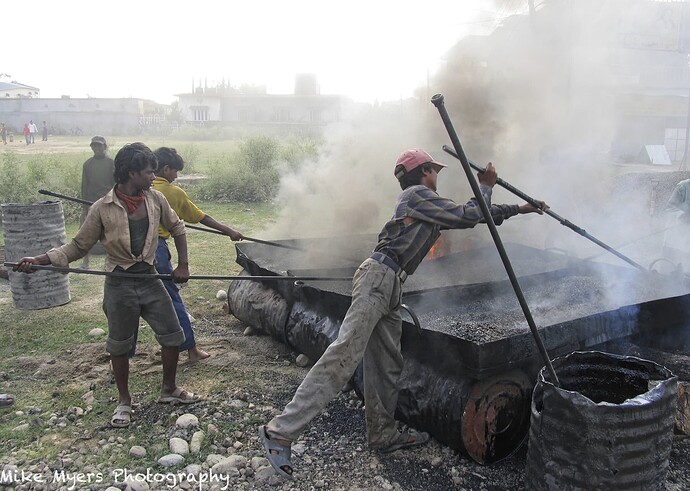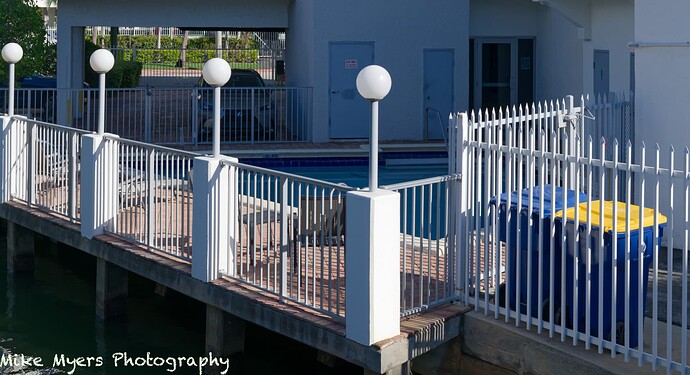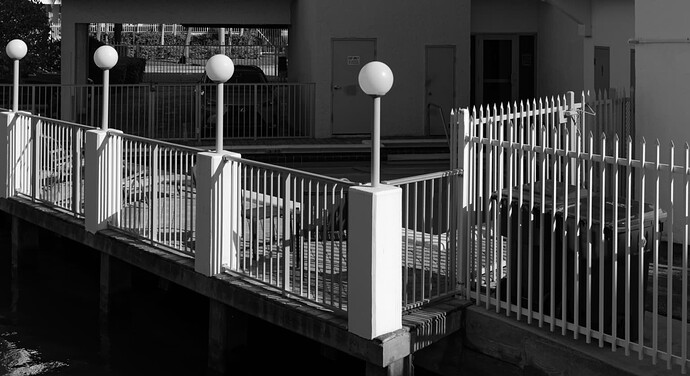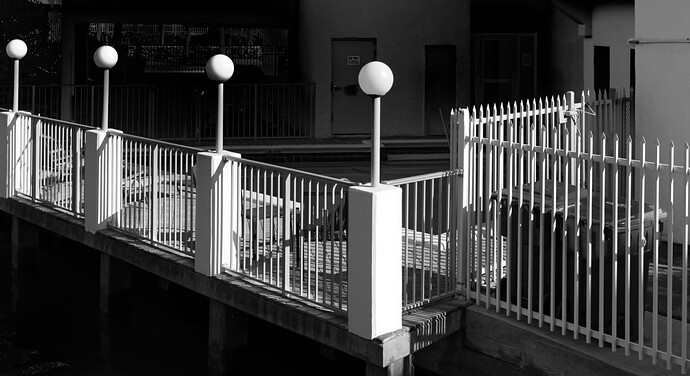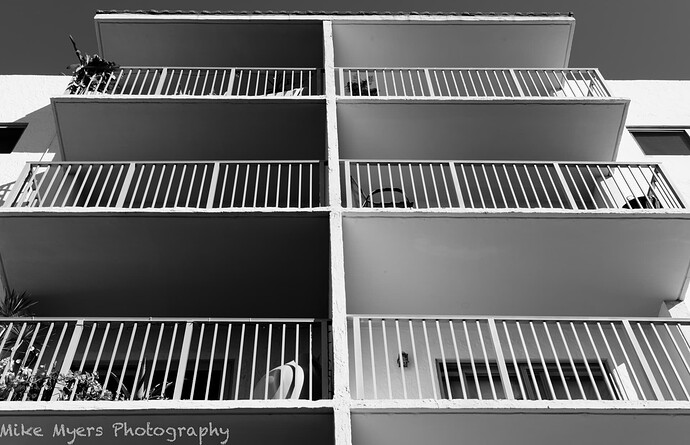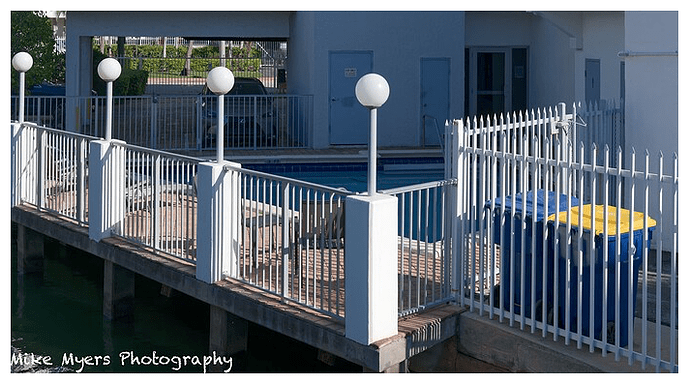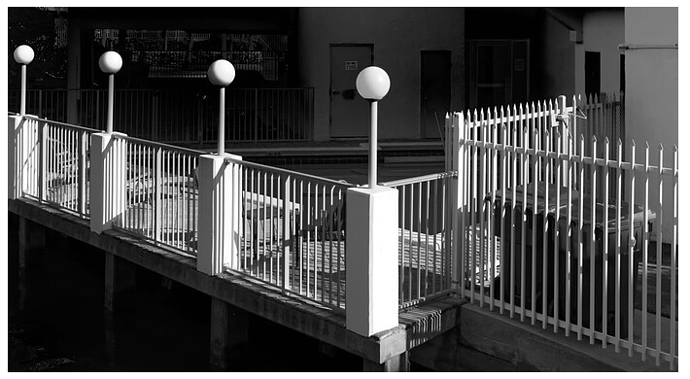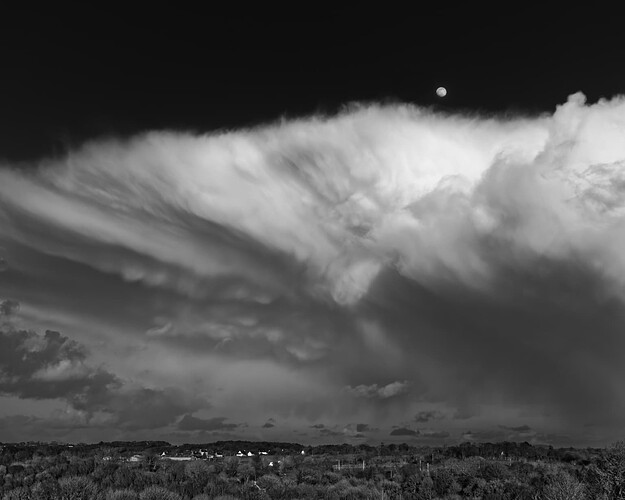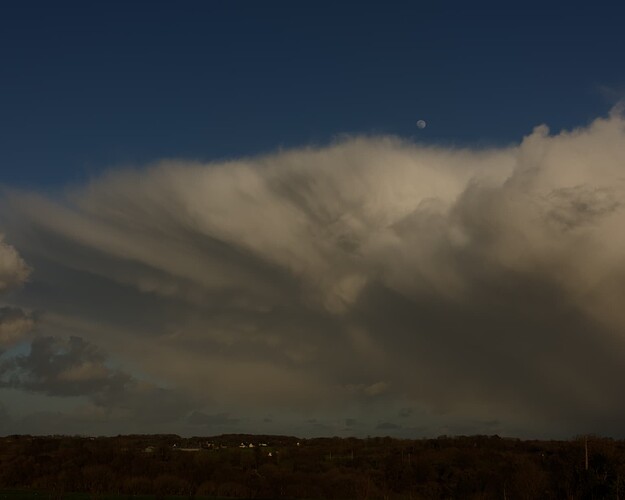I started writing this and then had to go out. I see the discussion progressed in the intervening half hour, but I will complete it and post it anyway.
Indeed. This is so annoying and so easily removed. It’s the first “edit” I do to any of Mike’s files, because it is so distracting from the image content.
In that case, everything Ansel Adams produced is not a photograph, because he manipulated virtually every print he ever made.
Take his Winter Sunrise, Sierra Nevada from Lone Pine image, where he actually removed a couple of large letters on the hillside that would have otherwise have ruined it.
Or possibly his most iconic image “Moonrise, Hernandez”…
Heavily manipulated in the darkroom, it is regarded worldwide as one of the world’s greatest photographs.
Or, dare I mention, Helen’s “Moonrise over Tréduder”…
But, to let you into a secret, the RAW file for Helen’s Tréduder image came out of the camera looking like this…
Hardly a masterpiece. But, just as Ansel Adams did, she had envisioned the end result before pressing the shutter and then she worked on it in PhotoLab, to extract the detail that was in the RAW file, but not visible in the jpg preview, until the image on screen matched the image in her mind.
No. a photograph doesn’t come ready made out of the camera. It starts life in the eye and soul of the photographer, who has to use the tools of his/her trade to capture the image, either onto a negative or a RAW file and then use the appropriate “darkroom” to “develop” the latent image until it matches their vision.
On returning.
Can I be blunt? Very blunt? This can best, politely, be described as bovine excrement.
A camera “saw” what the photographer wanted it to see. A film camera records it, as a latent image on a sheet of film. If you want to be pedantic, all the camera “saw” was a bunch of photons reflected, from the outside world, through its lens.
The result of the exposure is a sheet of exposed film with no visible or comprehensible image. In order to see anything, we have to process the film through a series of chemical baths to obtain a developed and fixed negative image on the sheet of film.
The problem is, defining a photograph as what the camera saw is far from the truth, because you can push or pull the development to compensate for under or over-exposure. You can choose any number of different developers, which will affect the final appearance of the developed negative.
Is the photograph what I would achieve by a “standard” exposure, or is it what I would achieve by pushing or pulling, with a view to increasing or deceasing the dynamic range?
No, I’m sorry Mike but the photograph can never be what the camera “sees” because the camera is a dumb black box with an opening at one end and a sheet of film or a sensor on the other. There are far too many other factors to take into account before we get to see the result of those photons hitting the film/sensor.
The human eye is supposed to be capable of resolving just over 20 stops of dynamic range, but we have a powerful computer to interpret what hits the retina and, somehow, manages to translate the result into something the mind can make sense of. B&W negative film has a DR of around 10 stops, colour transparency less than 5 stops. It is impossible to record the 20+ stops of DR the eye sees without some extensive manipulation, whether that be film or digital.
And just because we now have digital cameras doesn’t change that. The RAW file is a “digital negative”, which requires a “developer” like PhotoLab to demosaïc the binary data (undeveloped negative) into a visible image that we can then start to process into the final image that we envisioned when we decided to press the shutter. See the before and after versions of Helen’s Tréduder image.
If she had used a different RAW “developer” (software) she would have got a different SOOC rendering and had to process it differently to achieve the result she required.
And if I may end by saying “a certain type of image is a photo illustration” is wrong. It is a photograph that has been used to illustrate something, but it is still a photograph.
OK. I’ve had my rant. Now I shall go and have a soothing cup of tea.
